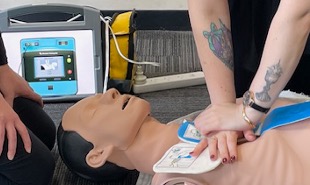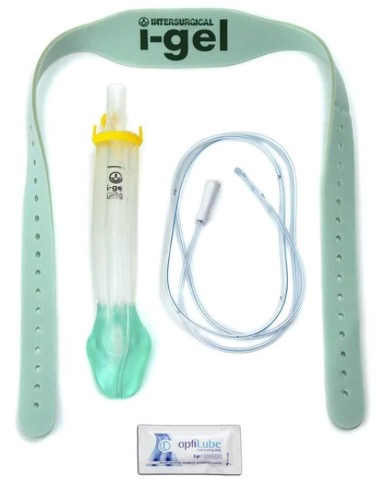Medical Emergencies in the Dental Practice 2024 – Why CPR? – Part 2
You never know when you learn something new. In amongst all the knowledge and training for medical emergencies, is the crucial reason for all of it.
Keep the brain alive. Yes, we already know that. So CPR is to keep the blood flowing to the brain to supply it with oxygen. Now this is the residual oxygen in the blood before the patient stopped breathing. So we will do things to clear the airway and then open and maintain the airway. Then, via an air bag, add more oxygen to the blood in tune with the compressions.
But this is the real reason for keeping the brain alive –
The brain needs to have activity so that IT can start the heart beating correctly.
The defibrillator shocks the heart from an abnormal electrical activity. This action stops any heart rhythm which causes a feedback to the brain for it to restart the heart rhythm in a normal pattern.

That’s why avoiding four minutes without oxygen to the brain is important for survival. It’s the brain that restarts life and we do everything we can for this stimulus to occur from the brain.
(An important side note, CPR is keeping the heart muscle alive as well via the coronary arteries).
How do we get air into the lungs?
To provide a clear airway a special supraglottic airway tube is used. This means it is placed above and at the larnyx level. One brand used is i-gel.
Why use i-gel?
- Ease and speed of insertion
- Reduced trauma
- Superior seal pressure
- Gastric access so no vomit or other contents gets into the lungs
- Integral bite block to stop clsure of the mouth
- Non-inflatable cuff – with lubricant it has the flexibility to seal the airway

The green portion of the i-gel tube has a soft, gel-like, non-inflatable cuff, designed to provide an anatomical, impression fit over the laryngeal inlet.



The air bag is also called a hand held ventilator. Each steady firm squeeze is called ventilation.
After 30 compressions are completed, 2 ventilations are performed.
Need an Appointment?
If you’d like to book an appointment with the dentist at Seymour Dental then call us in Dulwich Hill, Sydney on (02) 9564 2397 or
contact us
Next week
Medical Emergencies in the Dental Practice 2024 - Anaphylaxis and Adrenaline - Part 3